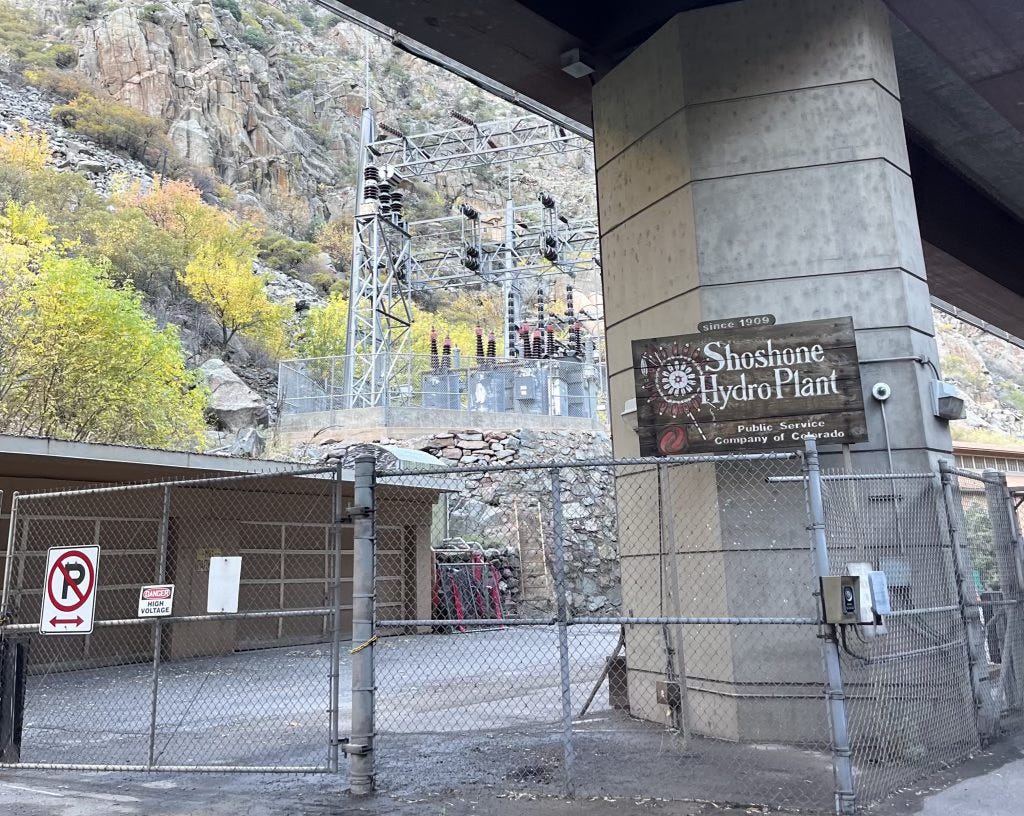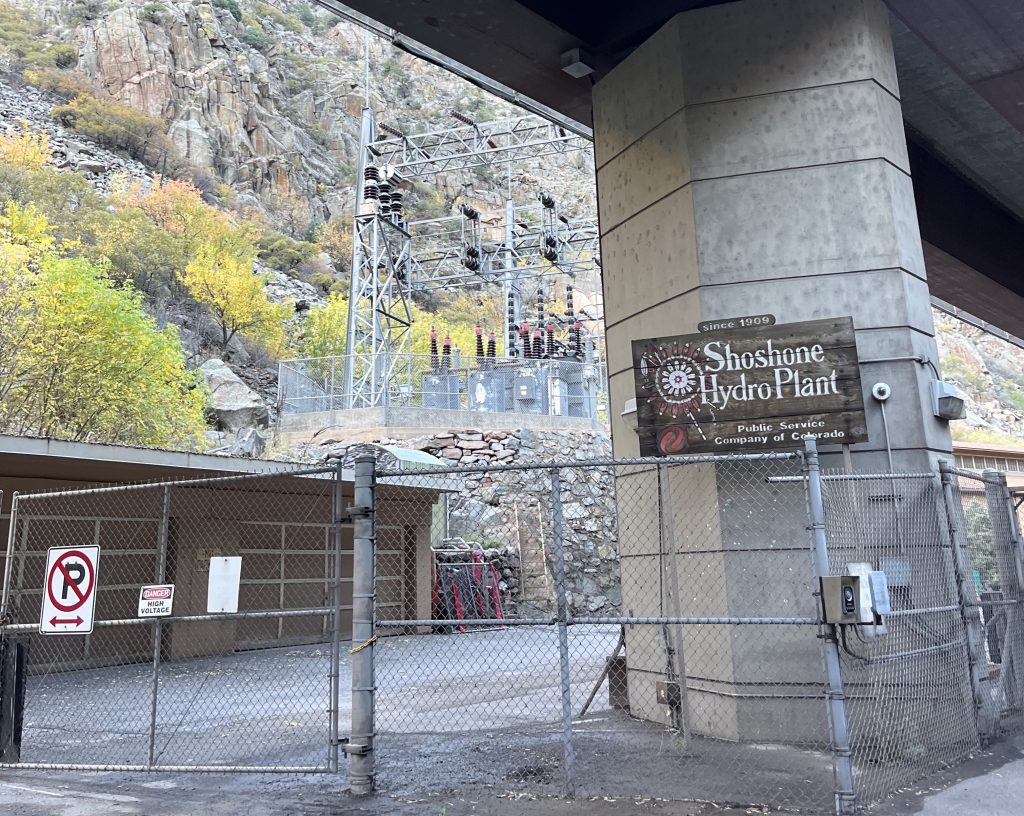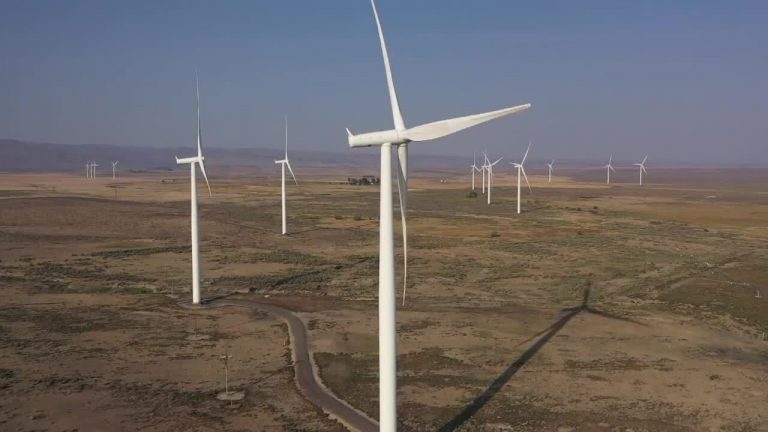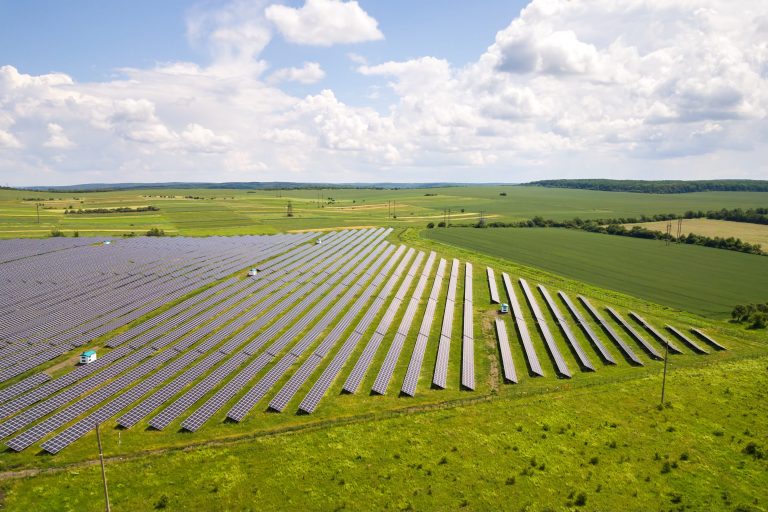Yanasa TV News
As Colorado debates the $99M Shoshone water rights deal, farmers brace for tighter curtailments, higher uncertainty, and a precedent that could redefine who controls the river’s most senior flows.
Colorado’s water heavyweights are fighting over one of the most senior rights on the main-stem Colorado River—the Shoshone hydropower right near Glenwood Springs. The Colorado River District (representing 15 Western Slope counties) has a $99M agreement to buy the right from Xcel and pair it with an instream-flow protection so water stays in the channel for the river’s health. Front Range utilities worry that doing so (and how it’s done) could lock in higher required flows and constrain existing transmountain and junior diversions. After a 14-hour public hearing last week, state officials pushed a decision to November to give parties more time to negotiate—an unmistakable sign of how fraught this is.

What’s actually on the table
- The deal: River District buys Shoshone from Xcel (~$99M) and adds environmental “instream flow” use. Because only the Colorado Water Conservation Board (CWCB) can hold instream-flow rights, the Board must bless the concept and then co-apply in water court to formalize it.
- The wrinkle: Who controls the “call” and under what numbers? The parties clash over historic use (how much water Shoshone has really needed over time), which would set the bar for future calls. Front Range providers argue the River District’s analysis would “vastly expand the water right.” The District says let water courtsettle the historic-use math; the CWCB should decide only whether instream flow is appropriate.
- The temperature: Nearly 100 water professionals packed a two-day, 14-hour hearing in Durango; the CWCB delayed a ruling until November to keep talks alive. That’s about as tense as Colorado water politics gets without filing suit.
Why farmers fear a loss—of water and leverage
Let’s be honest: if you’re irrigating on a junior right anywhere that can be affected by a Shoshone call, your risk profile probably goes up under an instream-flow add-on—especially in hot, dry late summers when every cfs matters.
- More frequent/stronger calls: Shoshone is already senior and non-consumptive (water returns to the river after power generation). Adding an instream-flow purpose—and locking in a higher historic-use number—could increase how often and how hard the call bites. That means curtailment sooner, longer, or more predictably for junior ag rights upstream and for transmountain diversions that feed fields on the Front Range.
- Planning uncertainty → real costs: Unsettled historic-use math keeps growers guessing on late-season headgates, fall cuttings, and shoulder-season stock water. Uncertainty itself is a cost: legal counsel, measurement gear, adaptive reservoir scheduling (if you have access), and risk premiums on crops.
- Region-by-region impacts: West Slope ditch companies near Glenwood and on tributaries sensitive to Shoshone calls may feel constraints first; Front Range irrigators relying on transmountain supplies face tighter margins in drought years if more flow must stay instream.
In the end, there’s a real potential for de facto loss of farmer discretion in dry spells—even if there’s no formal “taking.” It’s the practical loss that hurts: fewer irrigation hours when crops need them most.
What the other side says—and why some locals support the deal
The West Slope coalition backing the acquisition argues that formalizing Shoshone’s role stabilizes base flows, benefits water quality and fish, and protects the river communities (including rafting, tourism, and downstream ag) that rely on steady water. Pitkin County even pledged $1 million toward the purchase—evidence of broad local backing for “keep water in the river” outcomes.
Conservation groups say the CWCB’s job is narrow: decide if adding instream flow is appropriate—not to referee the historic-use spreadsheet war at the Board level. “The only issue up for consideration…should be whether the Shoshone water rights should be acquired for instream-flow purposes,” Western Resource Advocates wrote.
Front Range utilities counter that endorsing the instream-flow concept implicitlyblesses the River District’s historic-use framing—stacking the deck before water court. As Colorado Springs Utilities put it, they “cannot afford to lose existing water supplies as our city continues to grow.” Translation: don’t ratchet flows so high that junior and transmountain users are boxed out.
Community reaction: solidarity, nerves, and a lot of late nights
- Western Slope counties and river towns show strong support for locking in Shoshone’s protective effect; they see it as the backbone of summer flows through Glenwood Canyon and beyond. Guides, outfitters, and main-street businesses have lined up with counties backing the deal.
- Irrigators are split by geography and priority date. Some downstream growers like the reliability; others with junior rights upstream eye late-season cuts. Across the basin, farm groups are watching the historic-use number like hawks.
- Statehouse and boardroom tone: The CWCB’s decision to delay after 14 hours of testimony signals high stakes and high tension—but also a willingness to craft sideboards that keep agriculture whole where possible.
What’s at stake (beyond one power plant)
- The precedent: Using a marquee senior, non-consumptive right as a river-health lever could reverberate across the basin. If Shoshone’s instream-flow add-on becomes the model, expect more fights over numbers and management authority.
- The number: The historic-use determination will decide how big the call can be. If it tracks higher, junior ag takes more frequent curtailment; if lower, river-health aims lose teeth. This single spreadsheet cell (figuratively) is worth tens of millions in water value.
- Power over the “call”: Whether operational control sits with the River District, the CWCB, or some hybrid/triggered approach will shape how flexibly the right is exercised in drought—critical for cutting deals that spare crops in August and September.
Where negotiations stand
- Process: The CWCB heard testimony Sept. 17–18 in Durango and is now continuing negotiations into November. River District proposals to narrow the CWCB’s role (and punt some disputes to water court) did not fully carry the day, but avenues for compromise remain open.
- Signals: When the Board defers a high-profile call, it usually means parties are close enough that more shuttle diplomacy might land a craft-paper framework: e.g., drought triggers, seasonal carve-outs, or coordination with reservoir ops to reduce ag pain on the margins. That’s the smart path—if they can agree on the number.
Bottom line
If you’re holding a junior ditch right that can be curtailed by a Shoshone call, the risk of lost irrigation time likely increases under an instream-flow add-on—unless the final deal includes farmer-friendly guardrails (drought triggers, operational flexibility, or mitigation). If you farm downstream and depend on late-season base flow, you may see more reliability. Either way, the historic-use figure and who controls the call will decide whether this is a manageable nudge—or a hard new ceiling on your headgate.









